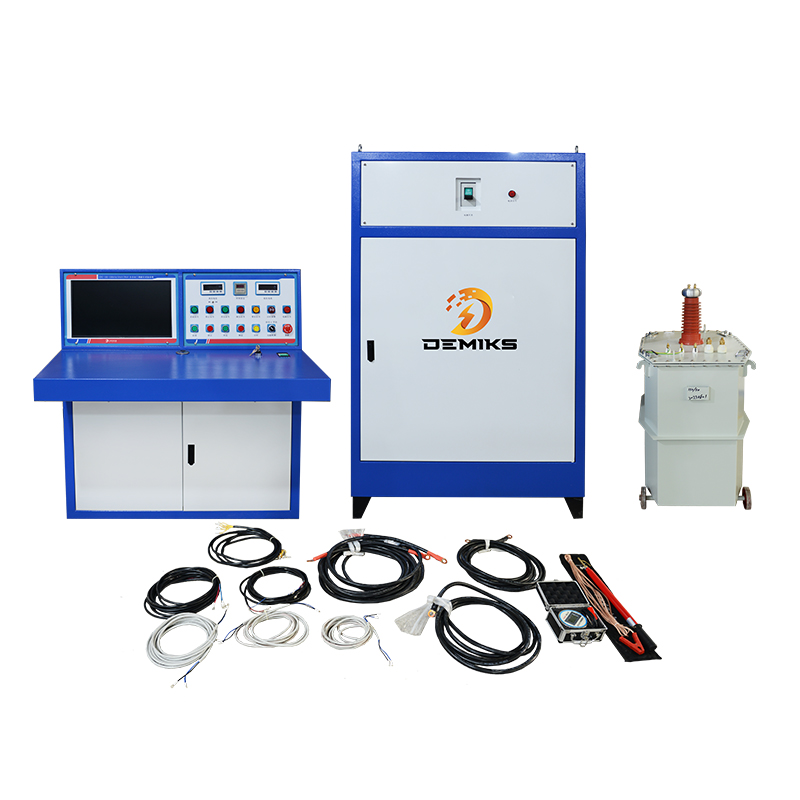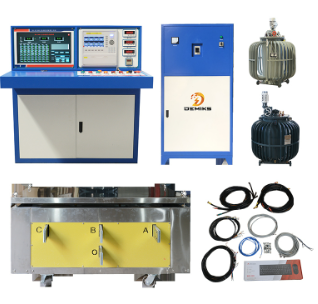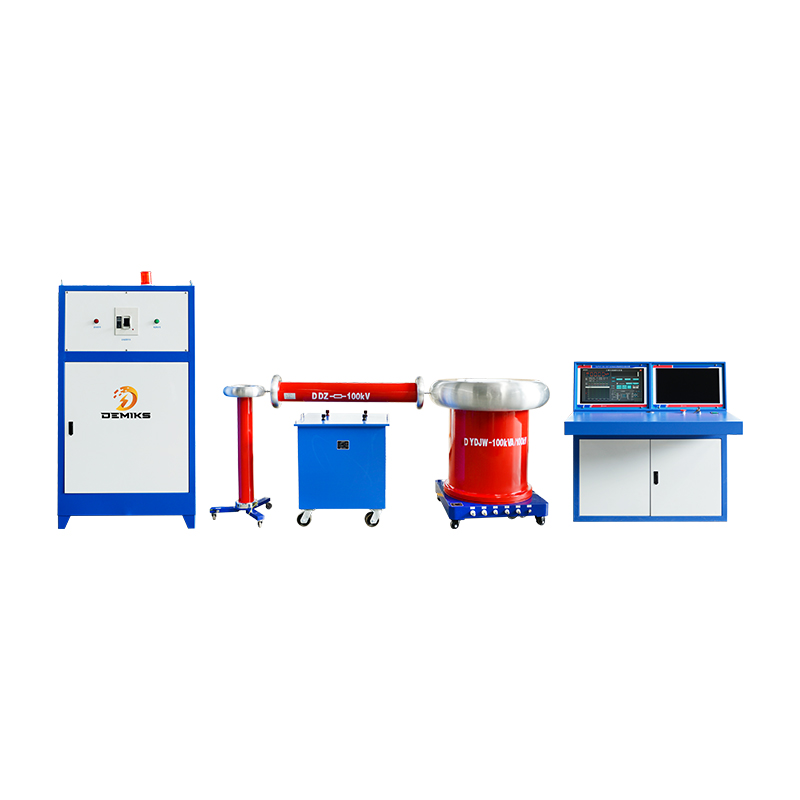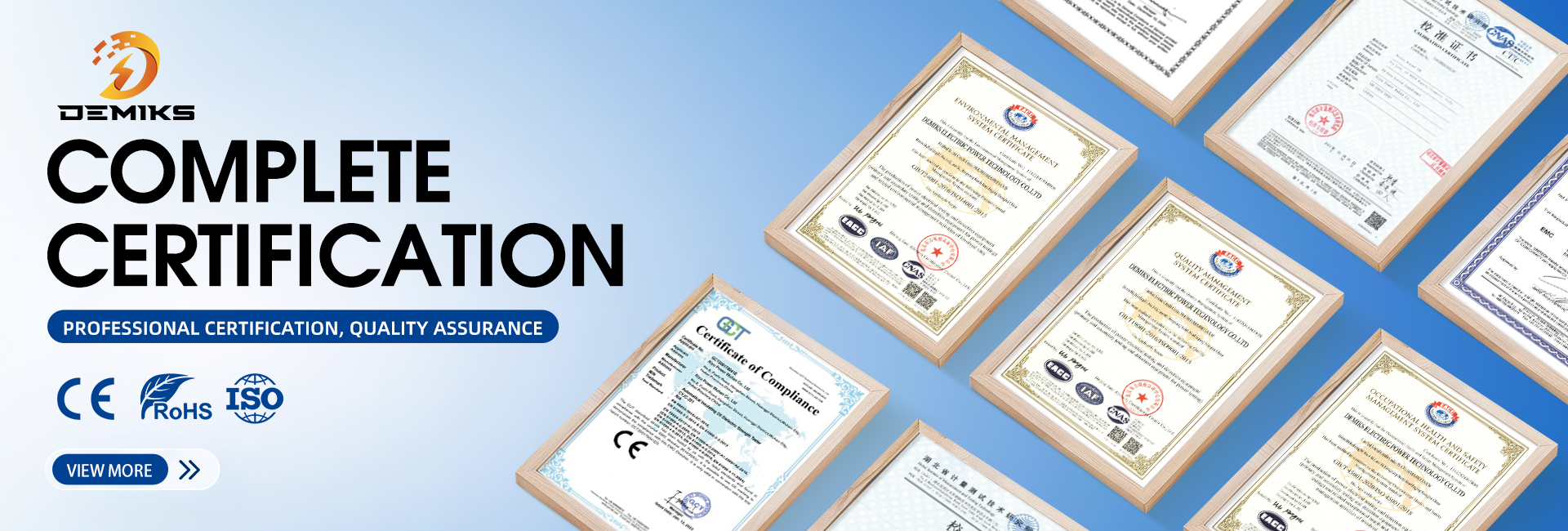Relay Protection Testing and Commissioning Guide
Protection Relay Testing & Commissioning Guide
Protection relays are critical for safeguarding electrical systems against faults (overcurrent, earth faults, differential, etc.). Proper testing and commissioning ensure reliability and compliance with standards like IEC 60255, IEEE C37.90, and ANSI/IEEE standards.
1. Pre-Commissioning Checks
Before testing, verify:
Visual Inspection – No physical damage, loose connections, or burnt components.
Wiring & CT/PT Connections – Correct polarity, ratio, and grounding.
Settings Verification – Relay settings match the protection scheme (IDMT curves, pickup values, time delays).
Secondary Injection Test Kit – Ensure availability for relay testing.
2. Types of Protection Relay Tests
A. Static (Functional) Tests
Performed to verify relay logic and settings without tripping the actual circuit.
1. Secondary Injection Test
Injects test currents/voltages directly into relay terminals.
Tests: Pickup, timing, overcurrent, earth fault, differential, distance protection.
Equipment: Omicron, Megger, or manual test kit.
2. Measurement Accuracy Test
Checks if relay measures current (I), voltage (V), power (P, Q), frequency (Hz) correctly.
Method: Apply known values and compare with relay readings.
3. Logic & Scheme Testing
Verifies tripping, alarm, and communication signals (GOOSE, IEC 61850).
Example: Test a differential relay by unbalancing CT inputs.
B. Dynamic (System) Tests
Validates relay behavior under real-world conditions.
1. Primary Injection Test
Injects high current (up to rated CT value) to test the full protection chain (CT → relay → breaker).
Purpose: Ensures CT polarity, ratio, and relay coordination.
2. End-to-End Testing (Distance Protection)
Simulates faults at different line locations to check zone tripping times.
Requires communication-assisted schemes (POTT, DUTT).
3. Breaker Trip Test
Verifies relay commands actually trip the breaker.
Method: Trigger relay manually and check breaker operation.
3. Commissioning Procedure
Step 1: Relay Settings Verification
Confirm settings match protection coordination study.
Check:
Pickup values (e.g., 50/51 – Overcurrent)
Time delays (IDMT curves)
Blocking & Alarm signals
Step 2: Secondary Injection Tests
Overcurrent (50/51) Test
Inject 1.05 × pickup current → Relay should operate.
Verify time delay matches the curve (NI, EI, VI).
Earth Fault (50N/51N) Test
Inject residual current (I₀) and check tripping.
Differential (87) Test
Simulate internal & external faults to verify stability.
Distance (21) Test
Test Zone 1 (80% reach), Zone 2 (120%), Zone 3 (backup).
Step 3: Primary Injection & System Tests
Confirm CT/PT wiring correctness.
Perform fault simulation (phase-phase, phase-earth).
Step 4: Final Documentation & Sign-Off
Record test results in test sheets.
Update relay settings files and as-built drawings.
4. Common Issues & Troubleshooting
Relay Fails to Trip
Check CT polarity, relay settings, control circuit.
False TrippingVerify stability (differential relays), harmonics blocking.
Communication Failures (IEC 61850)Check GOOSE/SV messages, network configuration.
5. Standards & Best Practices
IEC 60255 (Protection relay standards)
IEEE C37.90 (Relay withstand capabilities)
ANSI C37.90.1 (Surge immunity)
NFPA 70E (Electrical safety during testing)
Conclusion
Proper protection relay testing & commissioning ensures system reliability and prevents catastrophic failures. Always follow safety procedures and use calibrated test equipment.
The above content is published by demiks, please specify, demiks is a substation equipment manufacturer, specializing in the production of high-voltage tester, transformer tester, circuit breaker test equipment, relay tester, SF6 gas analyser, cable fault tester and other products, if you have power test testing needs, please feel free to contact demiks power science and technology limited company or send an email! Give us: contact@demikspower.com
 Relay Protection Testing and Commissioning Gu
Relay Protection Testing and Commissioning Gu
 how to test microwave transformer
how to test microwave transformer
 how to reset circuit breaker with test button
how to reset circuit breaker with test button
 high voltage cable testing standards
high voltage cable testing standards




